Each year, people buy an astounding 25-30 million real Christmas trees, many of which they improperly dispose of. While local recycling programs have helped offset this waste, eco-minded tree shoppers are looking for more sustainable ways to repurpose their Christmas trees.
In this article, we’ll cover eight unique ways to repurpose your Christmas Tree after the holidays. Consider using a few options on this list to use the entire tree!
Create Natural DIY Pine Cleaner
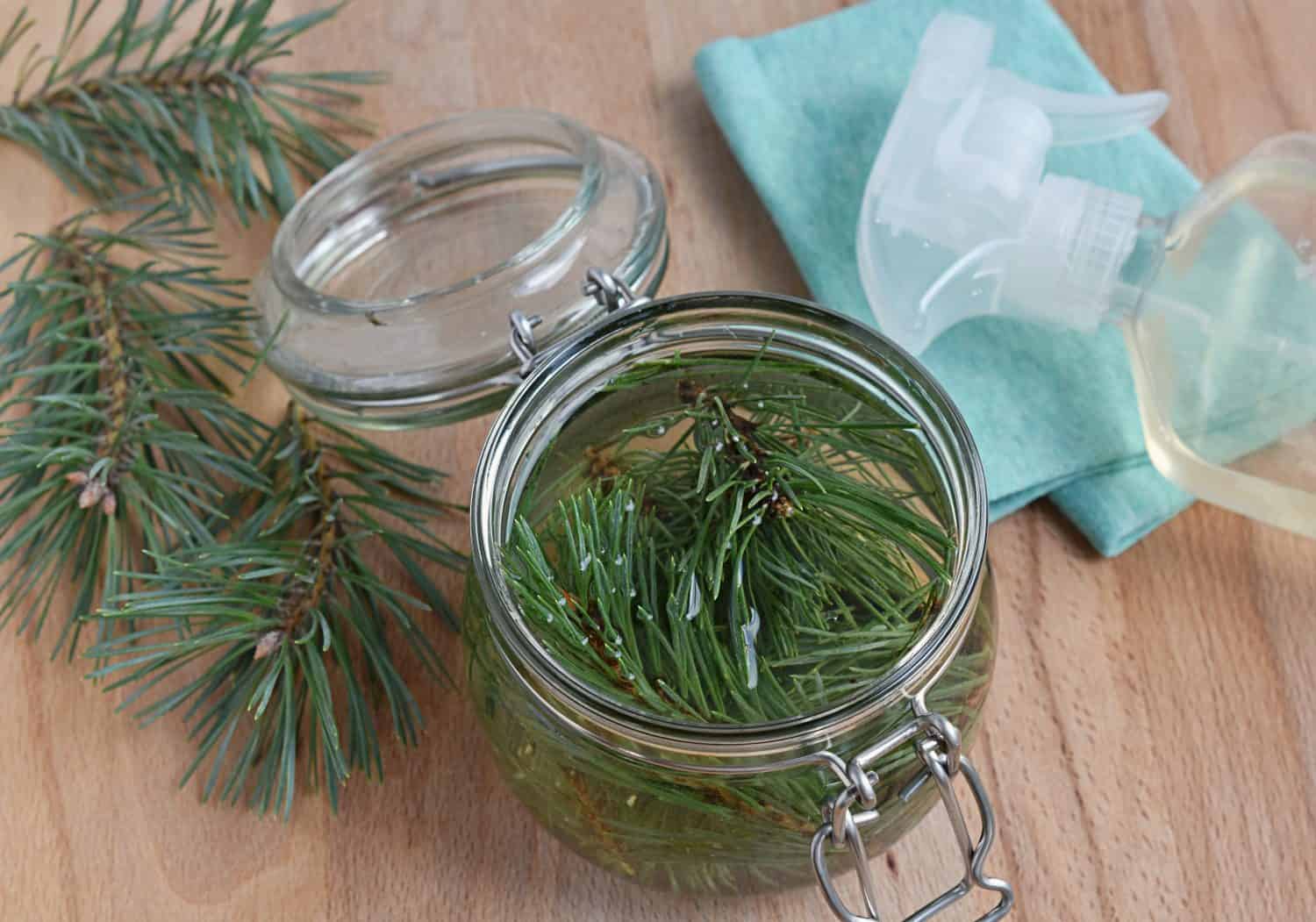
Soak pine needles in vinegar to create a natural, effective, chemical-free cleaner.
©Indre Pau/Shutterstock.com
Repurposing your Christmas tree after the holidays can help you offset another household pollutant: chemical cleaners.
Use your needles for that pine-fresh scent minus the toxins. Place a few pine needles in an airtight jar and fill it with white vinegar. You can add other Christmas scents, like citrus peels, cloves, or cinnamon sticks.
Leave the mixture for a few weeks, then strain the vinegar into a glass spray bottle. Mix with equal parts distilled water—it must be distilled to avoid mineral breakdown over time. Use an opaque spray bottle and store it in a dark area to extend your cleaner’s lifespan.
Create Your Own Mulch
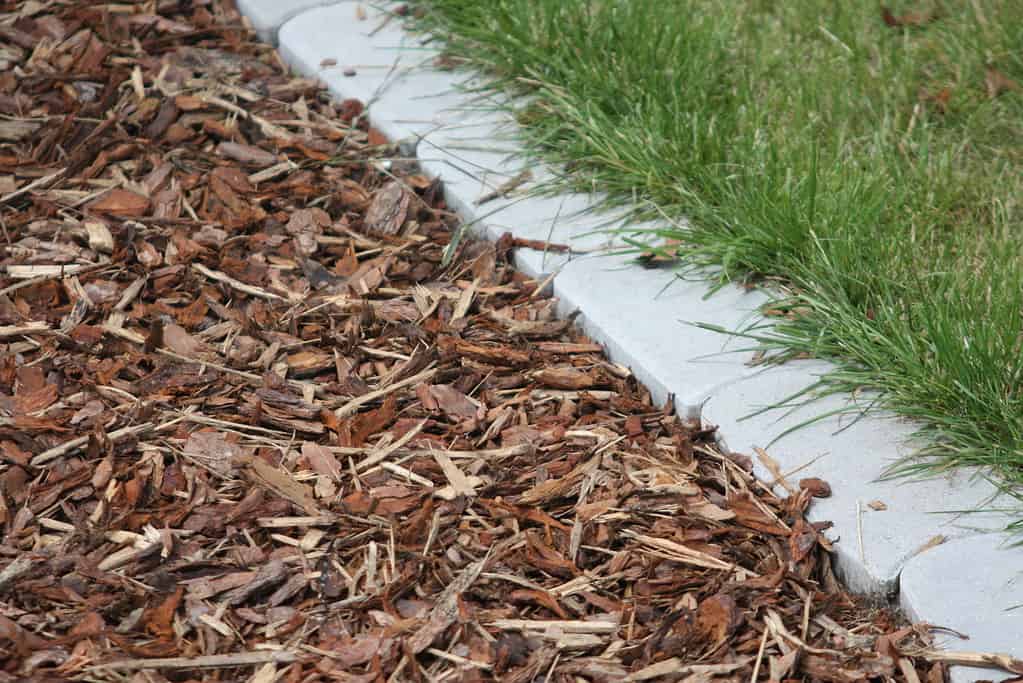
Make your own mulch for a nutrient-rich garden.
©Apostoloff / GNU GENERAL PUBLIC LICENSE – License
Another easy way to use your Christmas tree after the holidays is to make your own mulch. Use a wood chipper to cut up your tree and add this organic matter to your compost or garden for a thriving spring season!
Return It to Nature
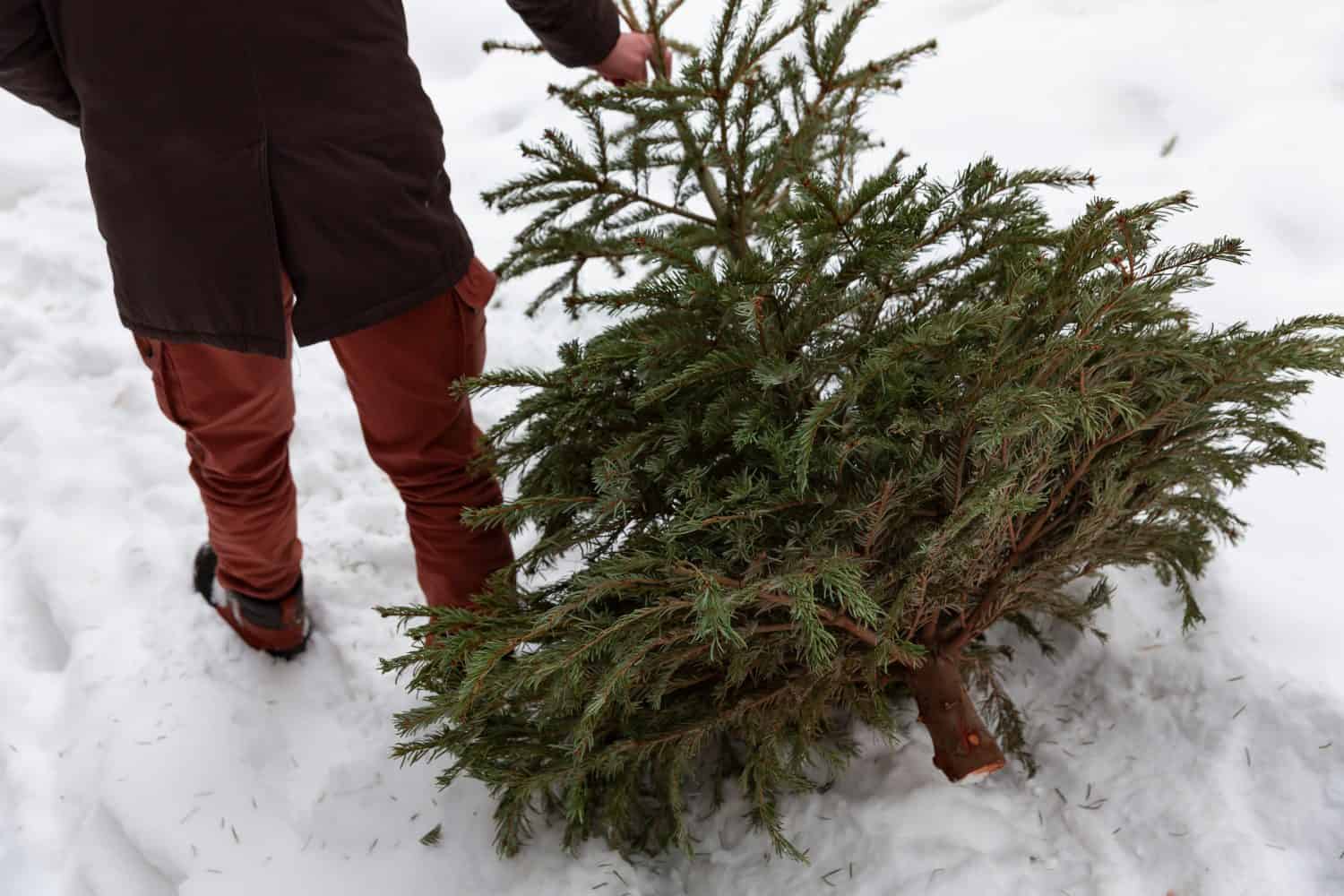
Take your Christmas tree to a forested area and let the animals use it for shelter.
©Xenlumen/Shutterstock.com
If you live in a rural area, you can drag your Christmas tree to the woods and return it to nature. The tree will naturally decompose and offer shelter and nutrients to local wildlife.
If you have a pond on your property, you can drop it in to shelter fish and frogs from predators. This shelter will encourage breeding, adding to the natural ambiance and helping control the mosquito population around your home.
Propagate and Grow More Trees
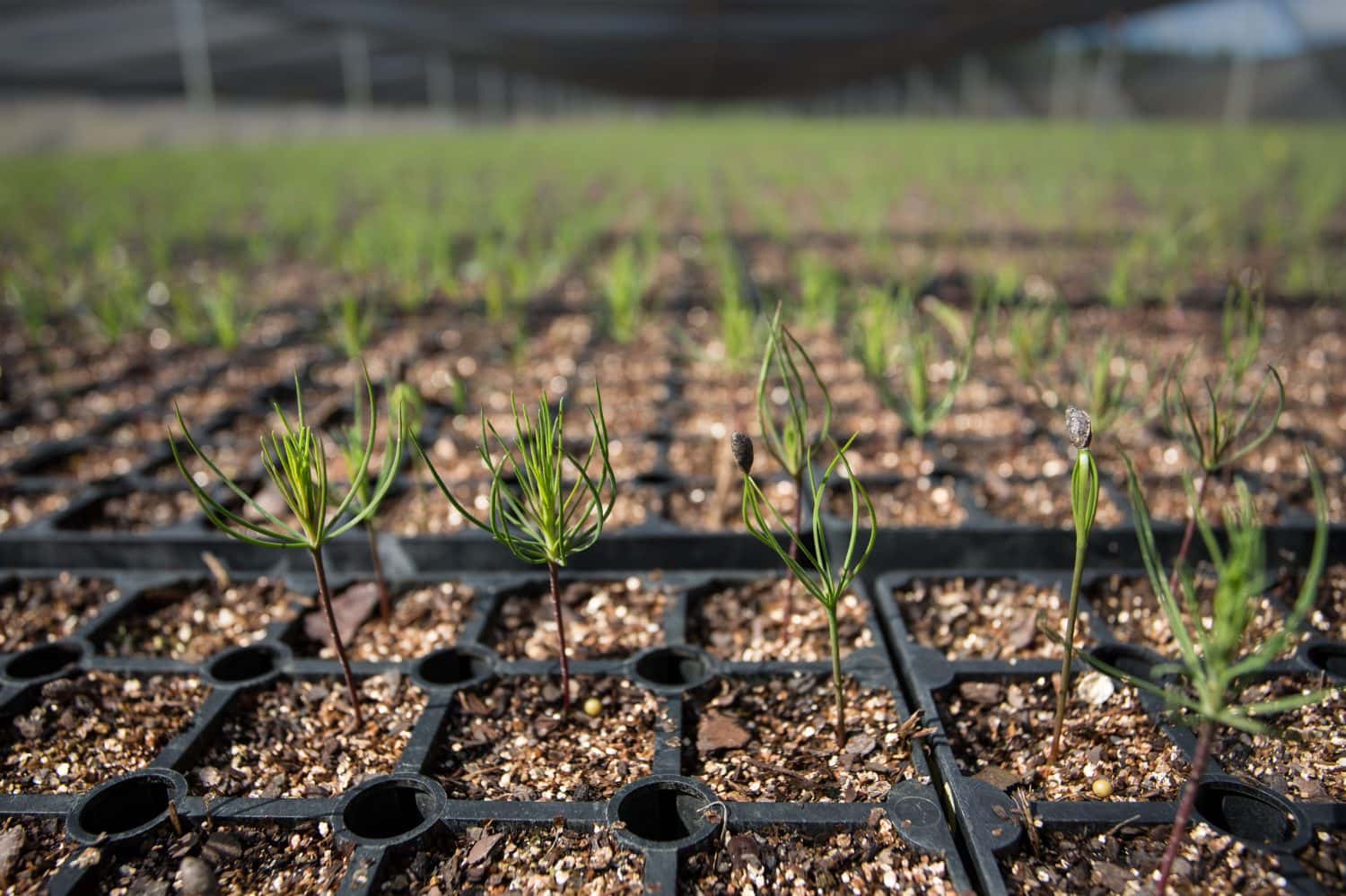
Did you know you can propagate your Christmas tree like a house plant?
©Janelle Lugge/Shutterstock.com
Have you ever thought about growing your own Christmas tree? You can, by taking a few cuttings from this year’s tree!
Use clean scissors to cut a few small branches. Strip away the lower needles and plant the cut edge in damp potting soil, using rooting hormone for optimal results. Place your cuttings in indirect sunlight, misting them regularly until roots form in 6-8 weeks.
Transfer to a larger pot or outdoors when the ground is thawed. This process works best when you take a cutting from a fresh tree, so consider starting this experiment at the start of the season.
Grow Mushrooms
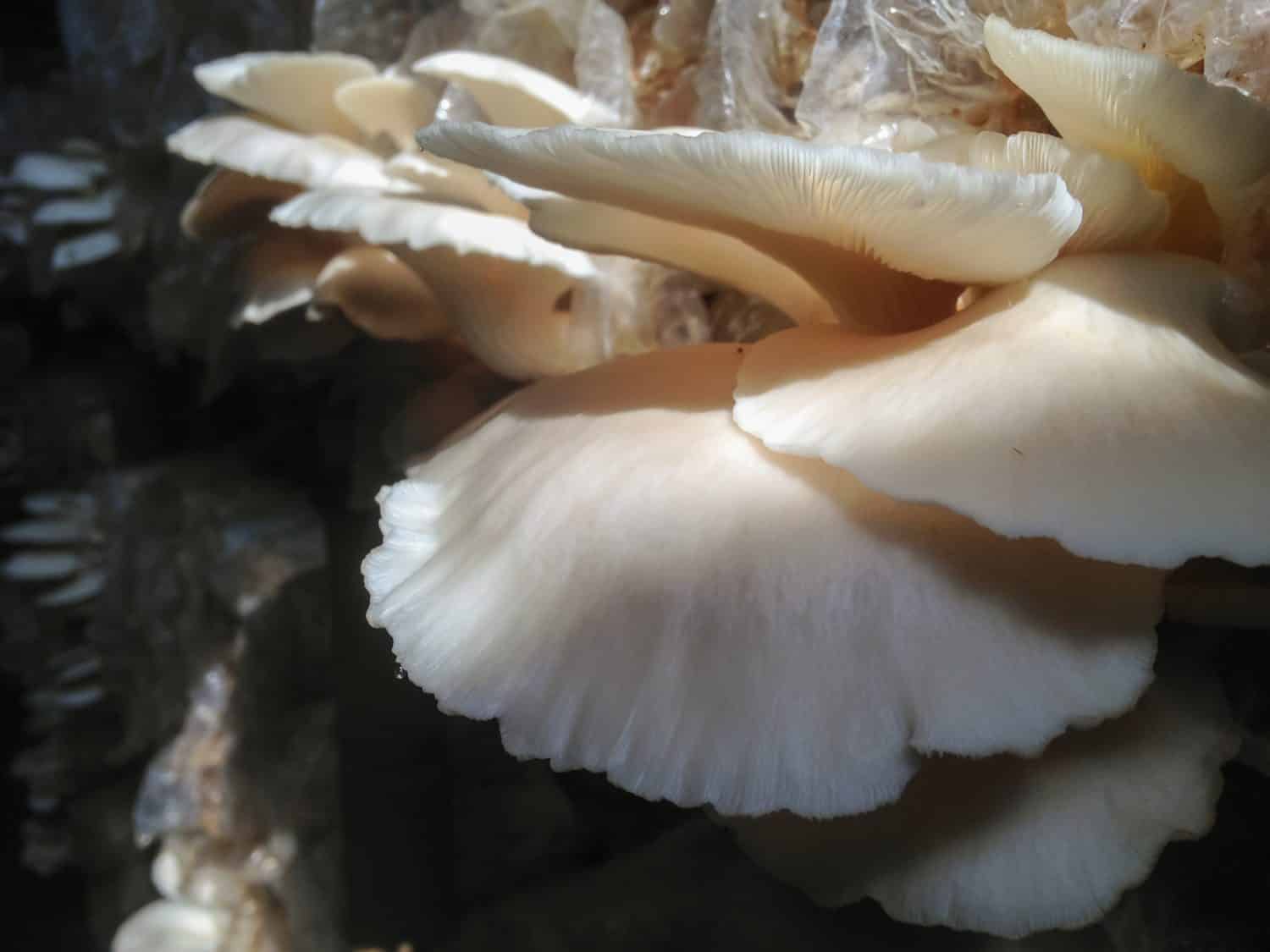
While hardwood is optimal for mushroom growth, some species will grow on hardwood.
©Lordgarn/Shutterstock.com
Growing delicious edible mushrooms has become a hot trend. While conifers and softwoods aren’t ideal for mushroom growth, a few species will be happy with your Christmas tree: Phoenix Oyster, Hemlock Reishi, and Italian Oyster are a few options to consider.
Create Natural Decor Elements
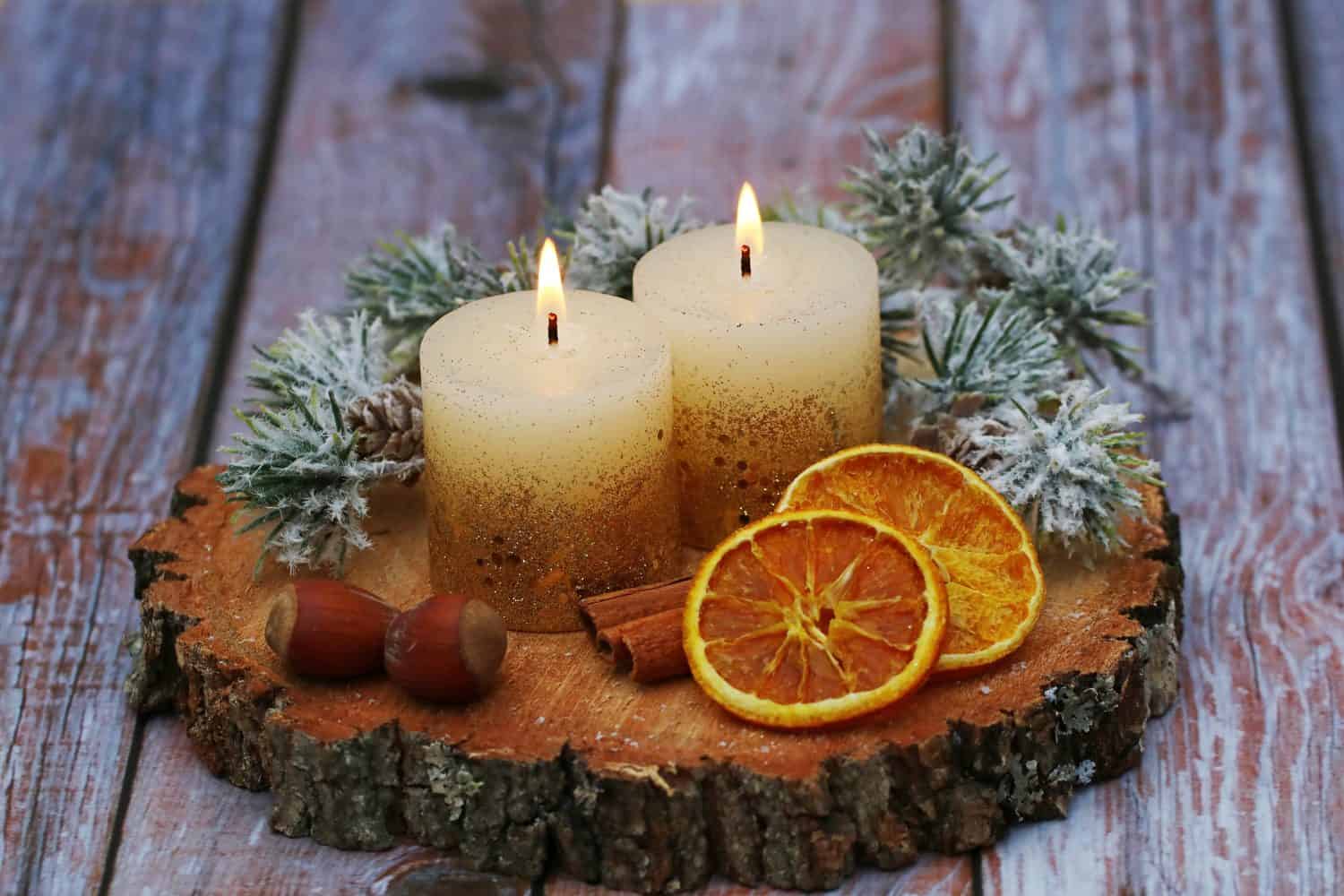
Use a wood slice to create coasters or centerpieces.
©Racamani/Shutterstock.com
Another way to use your Christmas tree after the holidays is to create treasured memories by transforming your tree into natural decor. Turn slices of the trunk into an ornament or coasters, marking the year the tree graced your home.
You can also use wood slices to edge your garden or create unique walkways and garden markers.
Create Scented Needle Pouches
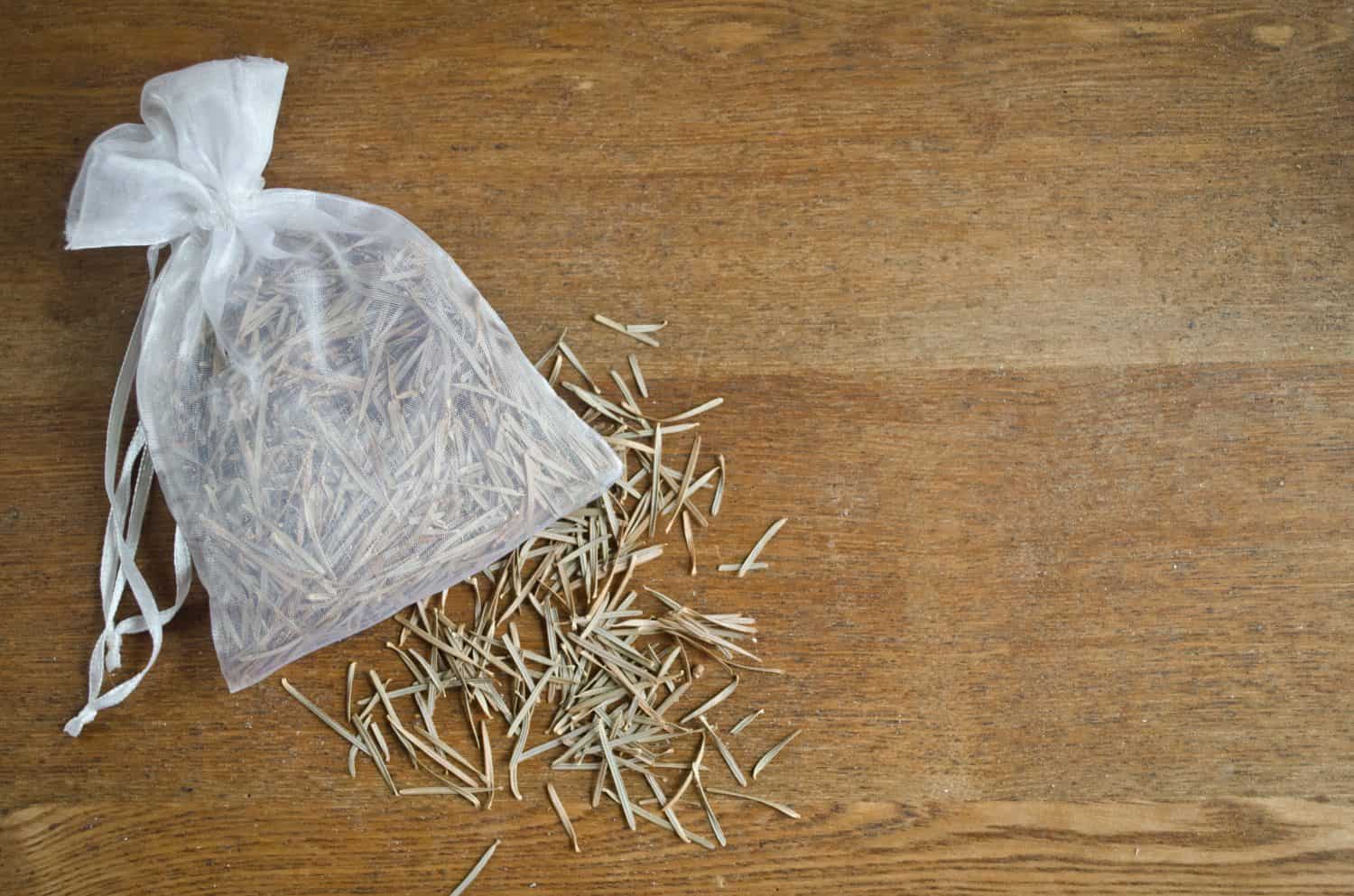
Pine needles deter pests.
©Pegasene/Shutterstock.com
Transfer some pine needles into packets to place in your drawers for a fresh, natural scent that deters pests.
Keep a few in natural fabric pouches to throw into your campfires during the summer. The scent of burning pine needles will keep the bugs away!
Donate to Local Initiatives

Many coastal regions use old Christmas trees to help prevent erosion.
©Charles Wayne Lytton/Shutterstock.com
Another great way to repurpose your Christmas tree after the holidays is to donate it to local initiatives. If you lie in a coastal region, check with the Department of Natural Resources to see if they have a program.
In Connecticut, old Christmas trees help prevent erosion in the dunes. North Carolina took a similar approach after Hurricane Florence, laying old Christmas trees on the sand to protect and rebuild the dunes.
Check with local wildlife centers and non-profits to explore your options.
How to Repurpose Your Christmas Tree After the Holidays: A Summary
| How to Repurpose Your Christmas Tree | Effort Involved |
|---|---|
| Create Natural DIY Pine Cleaner | Low Effort |
| Create Your Own Mulch | High Effort |
| Return It to Nature | Low Effort |
| Propagate and Grow More Trees | Medium Effort |
| Grow Mushrooms | High Effort |
| Create Natural Decor Elements | Medium to High Effort |
| Create Scented Needle Pouches | Low Effort |
| Donate to Local Initiatives | Low Effort |
The photo featured at the top of this post is © Charles Wayne Lytton/Shutterstock.com
Thank you for reading! Have some feedback for us? Contact the AZ Animals editorial team.






